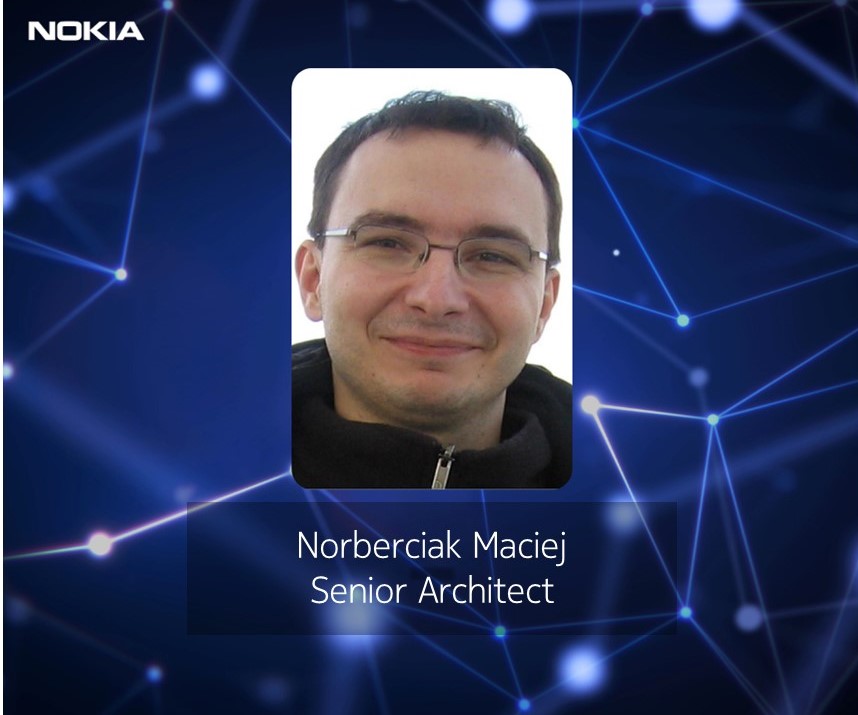Webinar: Design Patterns for Embedded Systems in C
Take part in a free Nokia webinar called "Design Patterns for Embedded Systems in C", which is a part of the "Are you proficient in IT? So we are." series.
The webinar is a part of the Nokia's series called "Are you proficient in IT? So we are." and will be broadcast on 23rd February at 6 p.m.. The speaker will be Maciej Norberciak.
Sing up here
It’s XXI century and still over 50% of embedded systems are written in C. C was designed in times, when structural programming was new and fancy, and missed all the new and fancy things from 1980s, like objects. Still, embedded developers would like some object oriented goodies, e.g. design patterns. On this webinar you’ll learn how (and maybe why) to write object oriented code in C, what design patterns are, how are they useful in embedded world and we’ll go on a tour from HW access patterns, through concurrency- , memory- and resource management patterns, state machines, safety, reliability and finish with architectural patterns.
About the speaker

I’ve been working in telecommunication industry more for 15 years, as a developer, architect and project manager. I hold PhD degree in computer science (artificial intelligence). I joined Nokia 5 years ago and I’m working in area of software architecture ever since. My main focus area is internal communication inside Nokia’s System Module (I’m leading interconnectivity interface definition team), but I also take care of memory budgeting (flash and RAM), SSD lifespan and usage policies, interface harmonization and various other topics. In addition, I’m a trainer.
Apart from “hard” topics (starting from “what’s SW architecture and why it is important?” and ending with details of platform software) I’m teaching soft skills – e.g. effective idea selling. I was a mentor in “Future SW architect” program. I’m serving as the secretary of Nokia Wroclaw Toastmasters Club, where we meet every week to hone our leadership, presentation and public speaking skills. In my private time I enjoy many different activities and hobbies – bicycling, brewing, gaming, amateur rocketry, Japanese cuisine and language, books, comics, LEGO and movies among others.



